A Hair transplant is a very safe and effective procedure that can be used to restore hair growth in areas where baldness or thinning has occurred. The transplanted hair is permanent, and the results can last for years. The procedure is usually done on an outpatient basis and usually takes several hours to complete. in this, article we want to talk about hair transplant permanent، cost and risk of hair transplant, and the benefits of hair transplant
The process of what is hair transplant begins with the doctor making small incisions in the scalp and inserting the hair follicles into the incisions. The doctor then uses a special needle to implant the follicles into the scalp. Once the follicles have been implanted, they will begin to grow new hair. It may take several months for the new hair to grow fully.
A Hair transplant is a very safe and effective procedure that can be used to restore hair growth in areas where baldness or thinning has occurred. The transplanted hair is permanent, and the results can last for years. The procedure is usually done on an outpatient basis and usually takes several hours to complete.
[ez-toc]
is hair transplant permanent?
A Hair transplant is a permanent solution for hair loss. It is a surgical procedure that involves the transfer of hair follicles from one area of the scalp to another. The hair follicles are taken from an area of the scalp where there is good hair growth, called the donor area, and transplanted to the area with thinning hair, called the recipient area. The transplanted hair will stay in the recipient area permanently and will continue to grow as if it were in its original location.
The hair transplant procedure is considered to be permanent as it uses your own existing hair follicles. The transplanted follicles are taken from the donor area, which is usually the back or side of the scalp. This area is not prone to hair loss, so the follicles will continue to grow for the rest of your life. Once the hair transplant is done, the transplanted follicles will grow in the same way as the rest of your hair.
The results of a hair transplant are permanent, but there is a possibility that some of the transplanted hair may be shed within the first few months. This is a normal part of the hair growth cycle, and the hair will usually grow back. However, if the hair does not regrow, then a second transplant may be needed.
The hair transplant procedure is a permanent solution for hair loss and can help to restore a full head of hair. It is important to remember that the results of a hair transplant are not immediate and will take several months to be fully visible. However, once the hair has grown in, it is expected to be permanent. Is hair transplant permanent? Yes, it is, and it offers a great solution to baldness.
do hair transplants really work?
Do hair transplants really work? This is a common question that many people ask. The answer is a resounding yes! Hair transplants have been around for decades and have a long track record of success. They are proven to be effective in restoring hair growth and providing the desired results.
The process of a hair transplant begins with harvesting hair follicles from the back and sides of the scalp. This area is known as the donor area, and it is where the healthy, permanent hair follicles are located. These follicles are then transplanted into the balding areas on the scalp. Once in place, the new follicles will begin to grow and produce new hair.
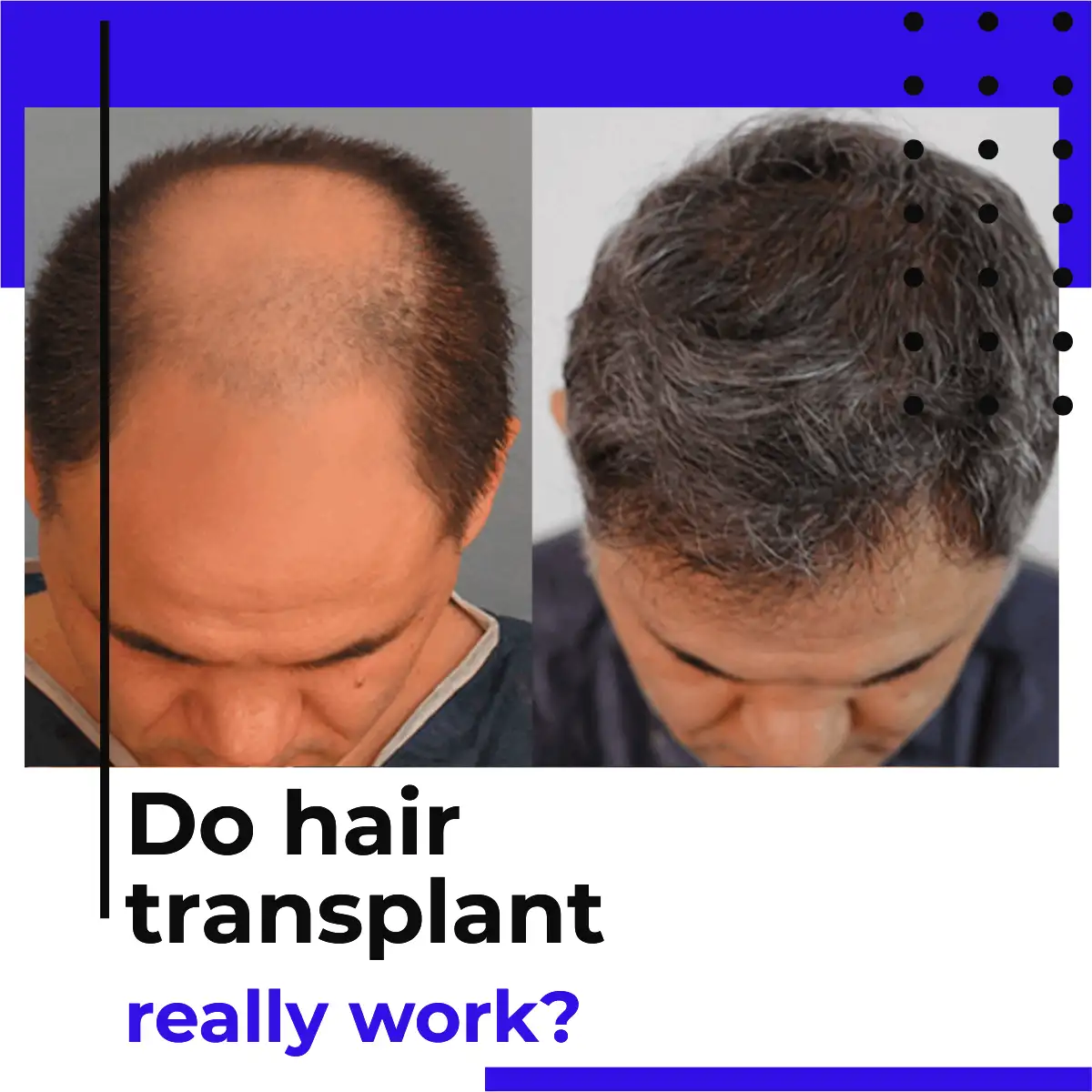
do hair transplants really work?
The success rates of hair transplants vary from person to person, depending on the type of hair transplant being done and the overall health and condition of the patient. However, most studies show that hair transplants are successful in restoring hair growth in the majority of cases.
The results of hair transplants typically become visible after several months and can last for many years. A hair transplant will not only restore the appearance of the scalp but can also improve self-esteem and confidence. This is why hair transplants are such a popular option for those who are dealing with hair loss.
Overall, hair transplants are a safe and effective solution for those who are looking to restore hair growth. With experienced, certified professionals performing the procedure, the chances of success are very high. So if you’re looking for a way to restore your hair, a hair transplant may be the answer.
Do I need more than one hair transplant?
For some people, one hair transplant may be enough to achieve the desired results. Generally, people who have mild to moderate hair loss can find satisfactory results with one hair transplant. For example, if the individual has a receding hairline, a single hair transplant can help restore the natural hairline and provide coverage for the bald area. However, if the individual has more severe hair loss, multiple hair transplants may be necessary to achieve the desired results.
In addition to the hair loss pattern, the individual’s goals can also be a factor in determining whether or not more than one hair transplant is necessary. For example, if the individual wants to have a very dense, full-coverage look, multiple hair transplants may be necessary to achieve this goal. Furthermore, if the individual has a large bald area that needs to be covered, multiple hair transplants may be needed to provide adequate coverage.
Ultimately, the decision to have more than one hair transplant should be made by the individual and their doctor. During the initial consultation, the doctor will be able to assess the individual’s hair loss pattern and help determine if more than one hair transplant is necessary. The doctor can also provide a clear explanation of the costs, risks, and recovery associated with multiple hair transplants. If the individual decides that more than one hair transplant is necessary, the doctor can provide a detailed plan to achieve the desired results.
In conclusion, the decision to have more than one hair transplant should be made on a case-by-case basis. By consulting with a qualified doctor and discussing the individual’s hair loss pattern and goals, the individual can determine whether or not more than one hair transplant is necessary.
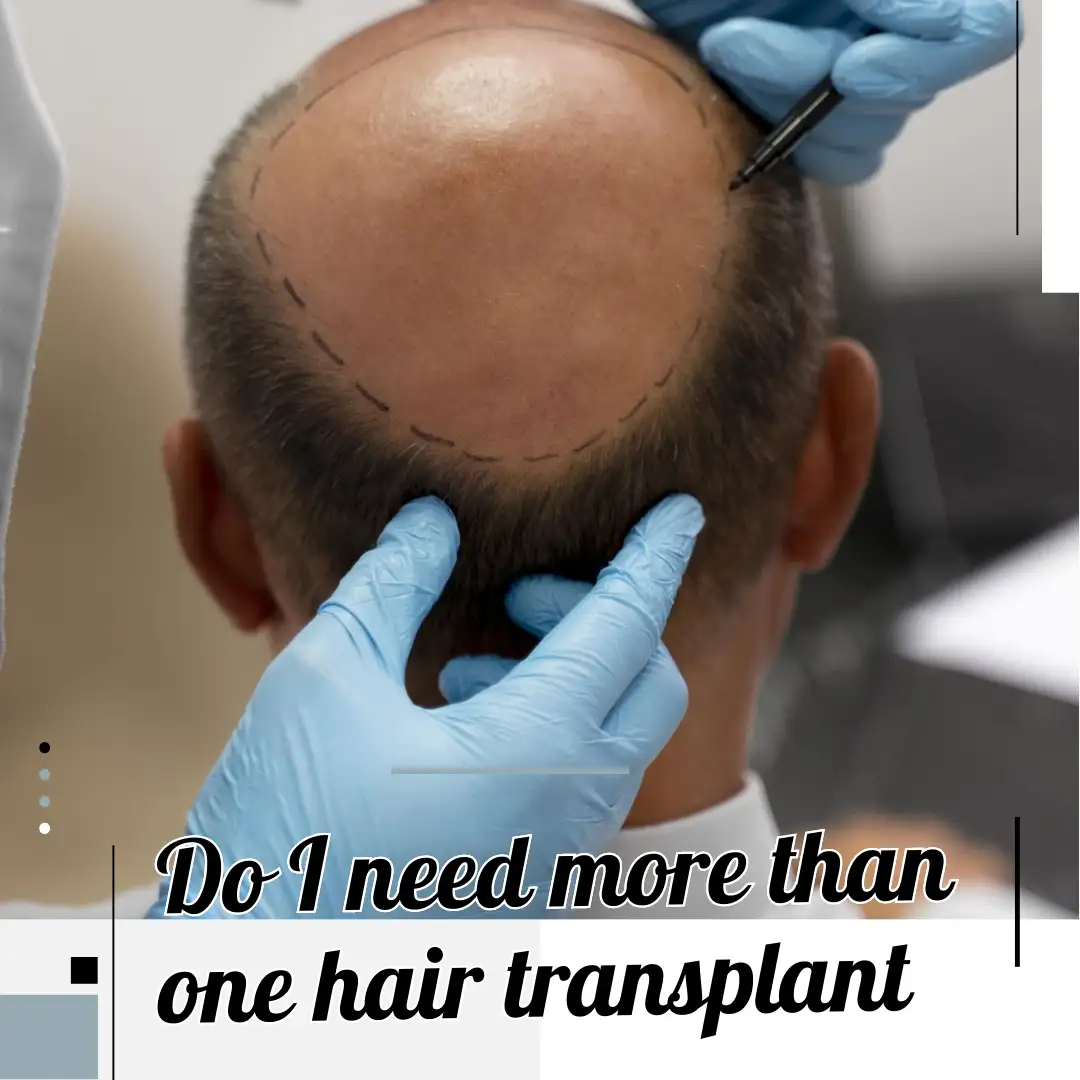
Do I need more than one hair transplant?
can you go bald again after a hair transplant?
Hair loss is a common problem faced by many people throughout the world. There are many treatments available to treat hair loss and one such treatment is a hair transplant. A hair transplant is a surgical procedure in which hair follicles are transplanted from one part of the scalp to another. The procedure is usually done to restore hair on the bald areas of the scalp. But the question arises, can you go bald again after a hair transplant?
The answer is yes, you can go bald again after a hair transplant. Hair loss is a progressive condition and it can continue even after a hair transplant. This may be due to various factors such as poor health, medications, stress, genetic factors, or age. In addition, the transplanted hair follicles may be susceptible to the same factors that caused the original hair loss. So even after a hair transplant, the hair may still fall out.
Moreover, it is important to understand that a hair transplant is not a permanent solution for hair loss. The transplanted hair will continue to grow for some time, but eventually, it may start to thin out. This is why it is important to have realistic expectations when considering a hair transplant.
It is also important to note that a hair transplant is not a one-time procedure. You may need to undergo multiple hair transplant sessions over time to maintain the results. This is because the transplanted hair will continue to thin out and balding may begin to occur again. Therefore, it is important to take the necessary steps to maintain the results of the hair transplant.
In conclusion, it is possible to go bald again after a hair transplant. Hair loss is a progressive condition and the transplanted hair may still fall out. Therefore, it is important to have realistic expectations when considering a hair transplant and to take the necessary steps to maintain the results.

can you go bald again after a hair transplant
benefits of hair transplant
A Hair transplant is a permanent solution for hair loss, that has become increasingly popular in recent years. It involves removing healthy hair follicles from the back of the scalp and transplanting them to the bald or thinning areas. A hair transplant can help restore the natural look of your hair, and the results are permanent.
The benefits of hair transplant are numerous and varied. Firstly, it is a permanent solution to hair loss. Once the healthy hair follicles have been transplanted, they will remain in place and will continue to produce healthy hair for the rest of your life. In addition, the transplanted hair will look just like your natural hair, as it will be your own hair. This means that you won’t have to worry about it looking artificial or unnatural.
Another benefit of hair transplant is that it is a relatively safe procedure. As the hair follicles are taken from the back of your head, there is no risk of scarring or infection, and the transplant can be done in a matter of hours. Furthermore, the procedure is minimally invasive and can be done under local anesthesia.
Moreover, a hair transplant can also improve your self-confidence. As the transplanted hair will be your own natural hair, you won’t have to worry about it looking artificial or unnatural. This can give you the confidence to go out and do the things you want to do, without worrying about your appearance.
Finally, a hair transplant is a cost-effective solution to hair loss. As the procedure is done under local anesthesia there is no need for expensive hospital stays or medications, making it a much more affordable option than other hair loss treatments.
Overall, a hair transplant is a permanent solution for hair loss that can provide you with a natural-looking head of hair, improve your confidence, and help you save money. Hair transplant permanet is a great option for those looking for a permanent solution to their hair loss.
hair transplant technique
the Hair transplant technique is a surgical procedure that has revolutionized the world of hair restoration. It is an effective and safe method of restoring lost or thinning hair in both men and women. The hair transplant technique involves the removal of donor hair follicles from a part of the scalp where there is an abundance of healthy hair and then transplanted to the area of hair loss. The donor hair follicles are usually taken from the back and sides of the scalp, which is called the donor area. The hair follicles are carefully harvested from this area and then transplanted to the area of hair loss.
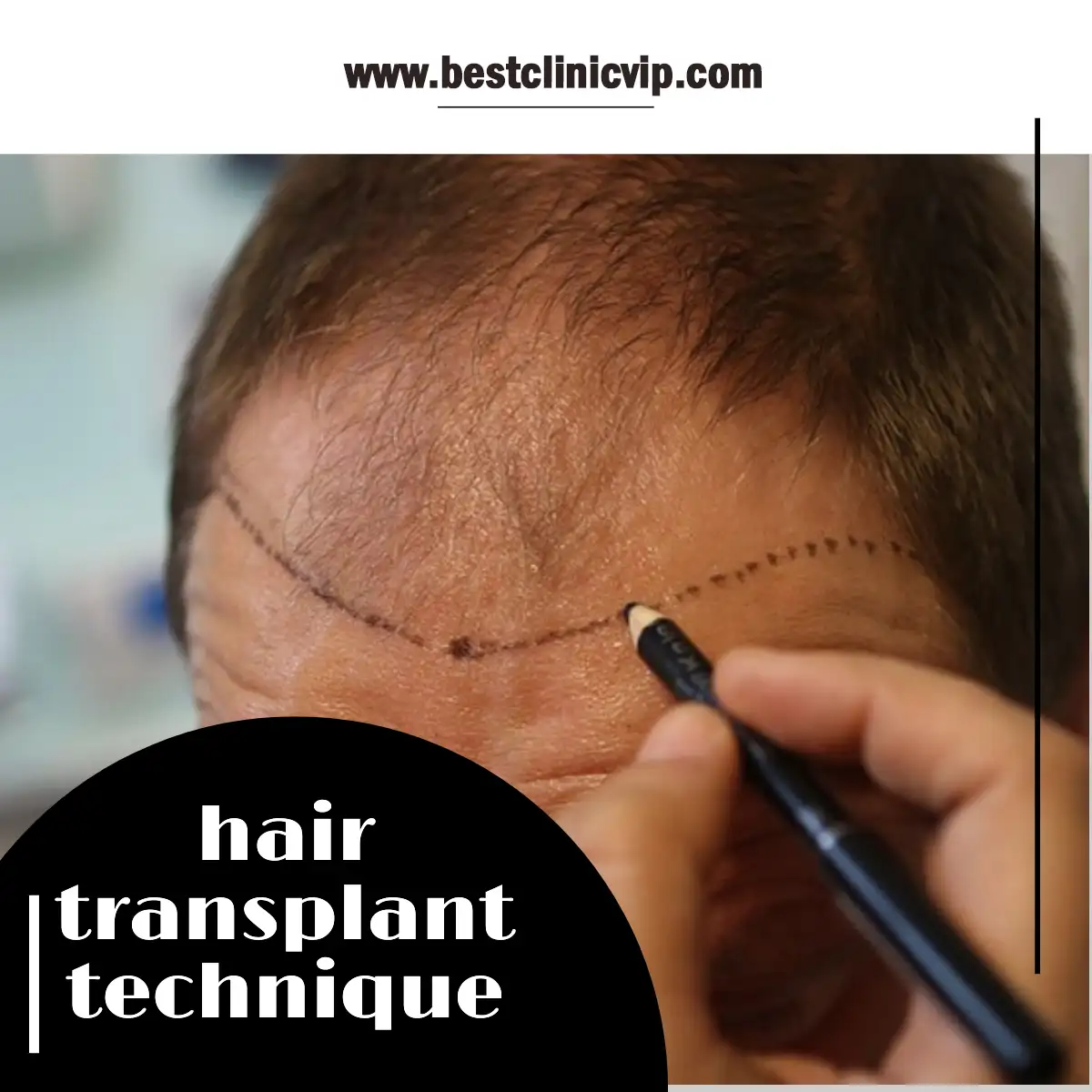
hair transplant technique
The hair transplant technique is becoming increasingly popular as it is a safe and effective way to restore hair. It is a minimally invasive procedure that allows the patient to experience minimal scarring. The transplantation procedure is performed under local anesthesia and is relatively painless. The hair follicles that are transplanted are typically taken from the back or sides of the scalp and are carefully transplanted in the area of hair loss. The hair transplant technique is a long-term solution for hair loss and can result in a full head of hair.
The hair transplant technique is a breakthrough in hair restoration and is a much better option than other treatments that are available. This procedure is becoming increasingly popular due to its high success rate and natural-looking results. The hair transplant technique is a safe and effective way to restore hair and can result in a full head of hair that looks natural and healthy. The hair transplant technique is a great way to restore hair and can help to restore a person’s confidence.
Permanent hair transplant method
A permanent hair transplant is a revolutionary method of restoring hair growth in balding or thinning areas of the scalp. It is a minimally invasive, safe, and effective technique that involves the transfer of individual hair follicles from one part of the scalp to another. This method is usually preferred over other treatments such as surgical hair restoration or topical treatments since it provides a more natural-looking result with no scarring.
The permanent hair transplant method is a great option for those who are looking to restore hair growth in balding or thinning areas. The procedure involves taking individual hair follicles from the back or sides of the head, known as the donor areas, and transferring them to the balding or thinning areas, known as the recipient areas. This process is done under local anesthetic, and the transplanted hair follicles will begin to grow in the recipient area within 6-8 months.
it is a great choice for those looking for a long-term solution to hair loss. The transplanted hair follicles are resistant to the effects of DHT, a hormone linked to hair loss, and will grow permanently in the recipient area. The method is also relatively affordable, with the cost depending on the number of grafts required for the transplant.
The procedure is safe and effective, and the transplanted hair follicles will grow permanently in the recipient area for many years. The results of the permanent hair transplant are natural-looking and will last for many years. It is an ideal solution for those looking for a permanent solution to hair loss.
cost and risks of hair transplant
A Permanent hair transplant is a cosmetic procedure that involves the transfer of hair follicles from one part of the body to another. The cost and risks associated with a hair transplant should not be taken lightly as it is an invasive and expensive procedure. The cost of a permanent hair transplant can vary depending on the number of grafts needed, the type of grafts used, and the experience of the surgeon performing the procedure. It can range from several thousand dollars to tens of thousands of dollars.
The most common risk associated with a permanent hair transplant is infection. This can occur if the surgeon does not take the necessary precautions to ensure the area is clean and free of bacteria. Other potential risks include scarring, bleeding, and swelling. In some cases, the transplanted hair may not take root and may fall out after a few weeks. Additionally, the transplanted hair may not be the same color or texture as the original hair, resulting in an unnatural look.
The success of a permanent hair transplant depends on how well the transplanted hair follicles are transplanted and how well the body accepts them. The hair follicles must be transplanted into healthy areas of skin, and the body must be able to accept the new hair follicles. Additionally, the patient must be willing to follow the surgeon’s aftercare instructions to ensure the best results.
A Permanent hair transplant is a major investment and should not be taken lightly. It is important to research the cost and risks associated with the procedure thoroughly before making the decision to undergo a permanent hair transplant. Understanding the cost and risks associated with a permanent hair transplant can help ensure that you get the best results possible.

of hair transplant
question
Which hair transplant method is permanent?
• The two most common permanent methods of hair transplantation are follicular unit transplantation (FUT) and follicular unit extraction (FUE).
• In FUT, a strip of scalp is removed from the donor area, and the follicular units are carefully dissected from the strip, while in FUE, individual follicular units are extracted directly from the donor area using a special punching tool.
• Both methods involve transplanting the extracted follicular units into the recipient area, where they will grow into permanent, healthy hair.
• FUE is generally considered to be the more permanent of the two methods since the donor area is left with less scarring than with FUT.
can you go bald again after a hair transplant?
• Yes, it is possible to go bald again after a hair transplant.
• Hair loss can continue even after a hair transplant, depending on the severity and cause of the hair loss.
• If the cause of the hair loss is genetic, there is a chance that the hair loss will continue, resulting in balding again.
• If the cause of the hair loss is due to an underlying medical condition, such as a thyroid or hormone imbalance, then the hair loss may continue even after the condition is treated.
• If the hair transplant is not done properly or the hair follicles are not placed in the right location, there is a chance that the hair will not grow back and the patient may end up balding again.
• It is important to speak to a doctor or a hair specialist before undergoing a hair transplant to determine the cause of the hair loss and to ensure that the procedure is done correctly and effectively.
Conclusion
Once you’ve made the decision to have a hair transplant, you’ll need to find a qualified doctor. The doctor who performs the procedure will first determine if a hair transplant is necessary by taking a detailed medical history and performing a physical examination. A blood test may also be performed to check for diseases and medications that may be causing the hair loss.
The doctor then assesses the area that will be treated and determines which areas are best suited for being transplanted. Next, the doctor will plan out the best area for the hair transplant.
This is usually based on the individual’s hair loss pattern and their desired goal for the hair transplant. Finally, the doctor will outline a detailed hair transplant process that will help achieve the desired results.
The doctor may also suggest that the individual receive other medical treatments, such as medications or hair restoration therapy, prior to having the surgery. In addition to having a qualified doctor who is familiar with hair transplants and can be trusted to perform the procedure, it is also important to find a doctor who understands your individual situation and can provide the right treatment plan.




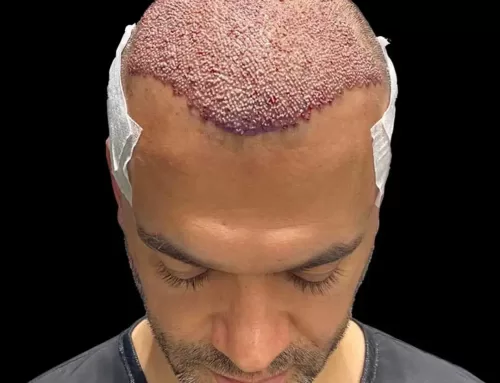
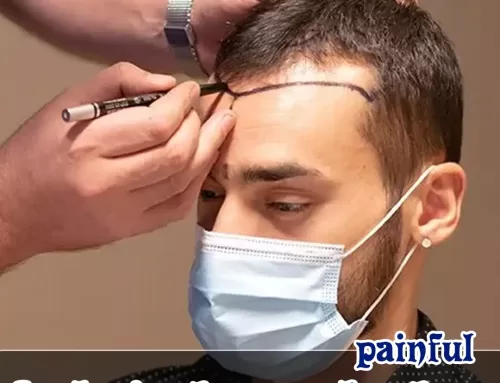
Leave A Comment